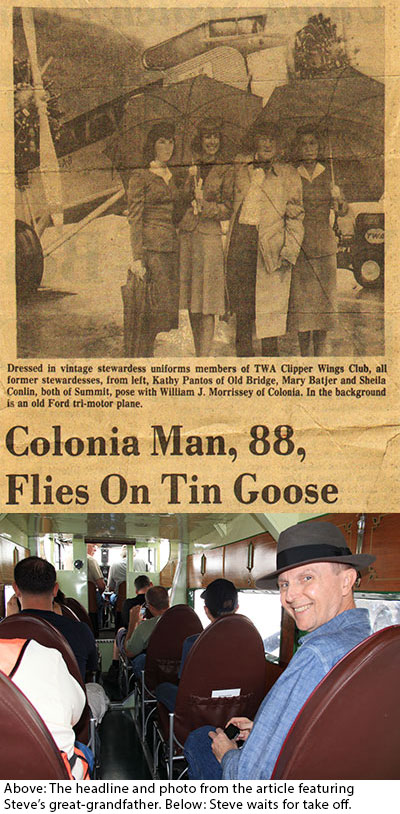Networking. It’s one of those things you need to do in order to promote your business. Especially if, like me, you’re a new kid in town. And so, thirty-second elevator speech memorized and pockets bulging with business cards, I made the rounds of practically every business networking group in the “Old Pueblo” (what the locals call Tucson), again, and again, and again. Now, a lot of other small business folks were doing the same thing. So it wasn’t long before I started seeing a goodly number of familiar faces at one mixer or another, and then developing, if not friendships, at least “acquaintanceships” with the people behind those faces.
As luck would have it, in 2003 one of those business networking acquaintances invited me to a gathering at her home where she outlined an idea to form a group modeled around the concepts in a booked called, “The One Minute Millionaire: The Enlightened Way to Wealth” by Mark Victor Hansen and Robert G. Allen. In essence, the idea was for a small group of entrepreneurs to get together, form a company or companies, and then cooperate in doing whatever it took to make the businesses a success. I wasn’t exactly being deluged with work at the time, so I decided to hitch myself to this shiny new wagon.
At our first official meeting, my five new partners and I decided to pursue two ideas. Idea one: A company producing reusable fabric gift bags. Idea two: A company offering a family history video-related product or service. I was the one who brought that idea to the table, of course. But seeing as I still wasn’t sure I’d be able to find clients willing to pay for “soup to nuts” video biography production, I hoped the group could help me brainstorm some other ideas. In the end, we thought it best to go the “do-it-yourself” route and produce a guide for customers who wanted to produce a family history video about their families, but didn’t have the video experience to do so. The idea was to create a guide on a CD-ROM, designed to play through a web browser. I wrote all the content, and another member of our group created the graphics and navigation. After seemingly endless hours of writing and programming and revising of the same, the “Family Legacy Video® Producer’s Guide” was almost ready for market.
But before we could print and sell copies, we had to make sure the guide would work as advertised, and that its content was worthwhile. That meant finding some people outside of our small circle to test the CD. Luckily, I was able to recruit some volunteers from my Rotary club. One of those volunteers was a retired engineer in his early eighties. AFter spending some time reviewing the guide, he handed it back to me and offered a couple of helpful suggestions for changes. Then, he said, “My wife and would love to do a project like this. But there’s no way we can do it ourselves. Could we hire you to do it for us?”
Needless to say, my answer was, “Yes!”
So I’d come full circle, from wondering if folks would actually hire me to produce a legacy video for them, to instead creating a DIY product that became directly responsible for me being hired for my first job a professional video biographer. And so, while also launching an effort to sell the DIY guide, I started preproduction on my first commissioned video biography. More on that to come.
Oh, and by the way: What’s your story?
